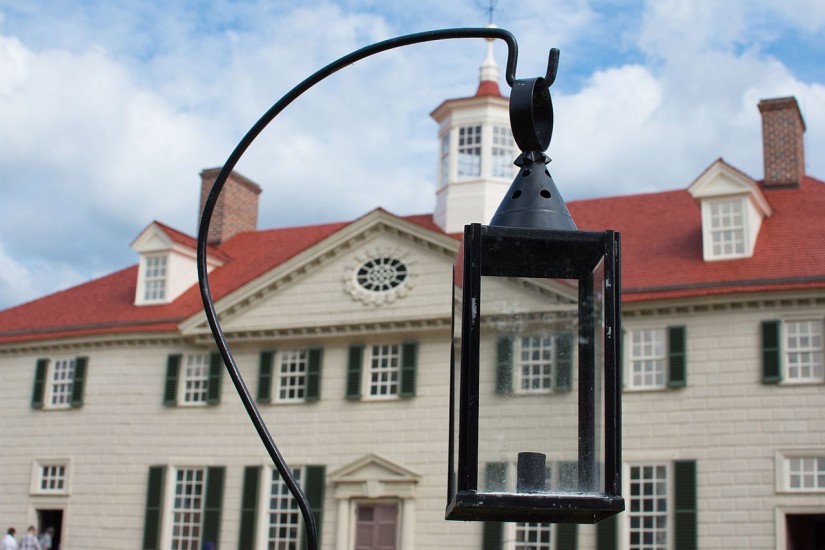In the middle of the 19th century, the homes of two founding fathers, John Hancock and George Washington, were in danger of being torn down. For the Massachusetts patriot with the famous signature, it was his house just off of Boston Common in the city’s urban center. For the nation’s first president, it was his rural Virginia estate, Mount Vernon.
The press covered the potential destruction of the two sites with horror, and according to historian Whitney Martinko, the divergent fates of these homes encapsulates the history of historic preservation in the United States. While the Mount Vernon Ladies Association raised funds to purchase the president’s mansion from his nephew, and continue to own and operate the property today, Hancock’s home was sold and torn down to construct new residences.
“What did it mean about the United States if its citizens were most interested in how much money they could garner from developing any land available?,” asks Martinko. Her new book, Historic Real Estate: Market Morality and the Politics of Preservation in the Early United States, examines this question, among many others, in a fascinating exploration of how Americans grappled with preserving their past (or not) amid economic booms and busts. From its earliest years as a nation, the country’s government and its citizens battled over the costs and benefits of historic preservation, at times grounded in surprisingly progressive beliefs about whose history deserved to be protected.
Martinko spoke with Smithsonian about the themes of her book and the history of historic preservation in the United Sates.
Let’s start with the most obvious question—what exactly is historic preservation?
Historic preservation is the practice of thinking through how to manage historic resources, and can include things like cemeteries, whole neighborhoods, farms or infrastructure. It encompasses the creation of places like historic house museums that are open to the public, but it also includes places like private homes for individuals who want to keep the historic character of their residence, or business owners who might want to inhabit a historic building, but want to also make use of it through adaptive reuse.
It could be as simple as doing some research into the history of a house by looking at things like census records, old deeds and also looking at maybe physical clues of the house’s past. So you might chip away paint layers on your walls and say, "Oh we found some old paint. We want to try to keep that original character intact."
On the local level, historic preservation might also involve writing a nomination for the local historic register. For instance, I live in Philadelphia; there's a local register of historic places that is managed by the city’s historical commission. And those exist all over the United States.
